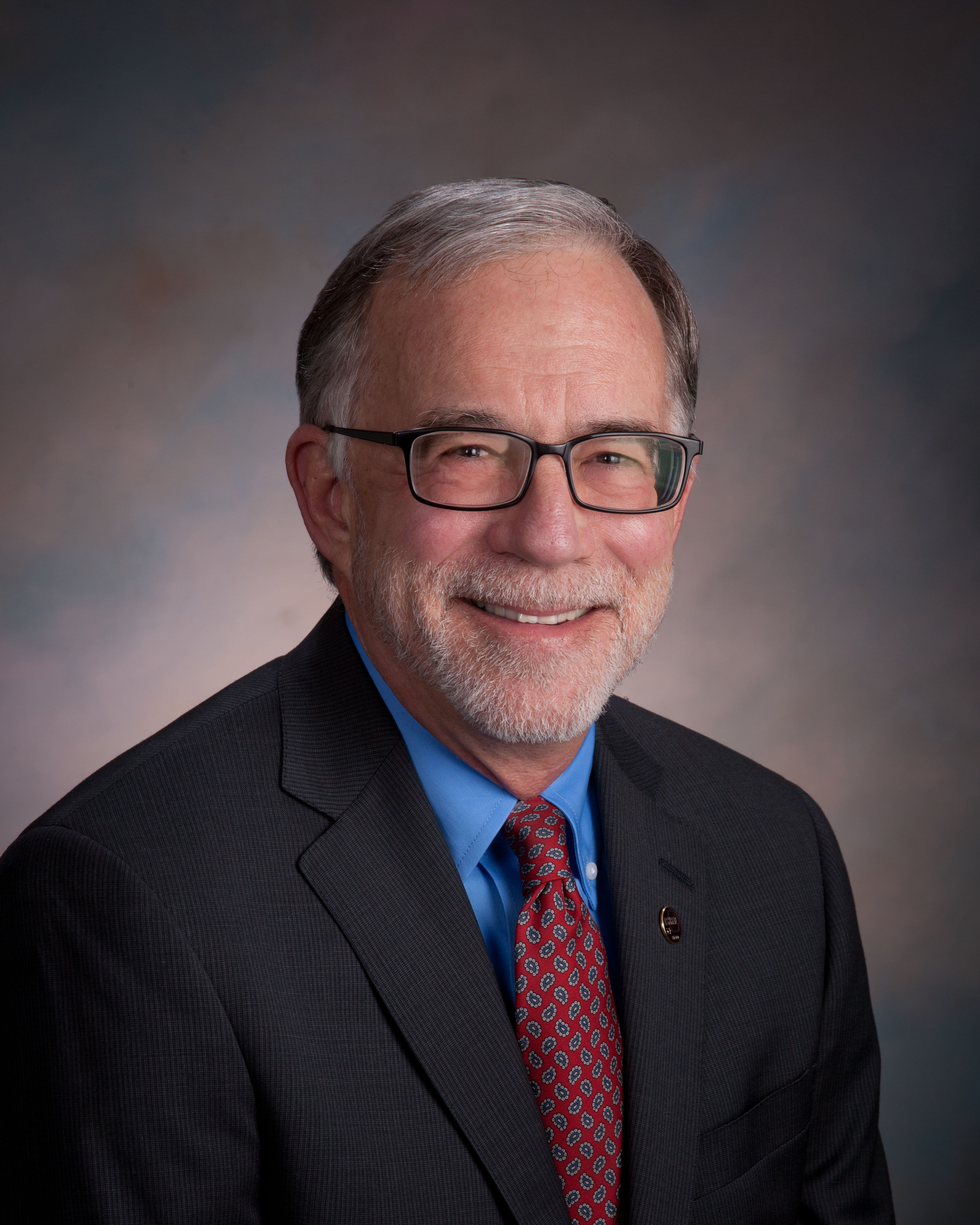
Tim is an Emeritus Professor of Construction Management at the University of Nebraska – Lincoln, where he is still active serving on various faculty endeavors, such as the Chancellor’s Sustainability and Resilience Commission.
Tim has served the Society in many different capacities. He started his ASHRAE career in 1976 after graduating from the University of Nebraska and worked in a grassroots capacity for many years. He is a past president of the Nebraska Chapter, past DRC of Region IX and Society president in 2016-2017. He received an ASHRAE Technology Award in 1987, Region IX Chapter President of the Year, Region IX Hall of Honor in 2005, E. K. Campbell Award of Merit for Teaching in 2000, the Distinguished Service Award in 2013 and the Exceptional Service Award in 2015. Tim was named an ASHRAE Fellow in 2005.
Tim has also been very active in the Mechanical Contractors Association of America (MCAA), where he has served as a trustee for the Mechanical Contractors Education and Research Fund (MCERF) and is currently a member of the National Education Initiative (NEI) faculty and also on the Institute for Project Management (IPM) faculty. He was named the MCAA ‘Educator of the Year’ three times (2000, 2002 and 2004) and in 2009 was the recipient of MCAA’s highest award, the Distinguished Service Award, the first academic to receive the award.
Born in Lincoln, Nebraska, Tim is the fourth generation to work for his family’s design/build mechanical contracting firm. He spent 19 years as a mechanical contractor immersed in design, project management, estimating and corporate leadership.
He has been blessed with a wonderful family, led by his wife, Marsha, and their two children, Megan and Blake. Both Megan and Blake have developed into outstanding educators; Megan at Millard West High School and Blake at the Milwaukee School of Engineering.
Tim enjoys bike riding, playing tennis, photography, restoring and working on his 1969 Mustang, reading and doting on his granddaughter.
The topic of ethics has always been difficult to address because ethics itself is often seen as fluid; it depends on the person, the culture or the situation thereby making it difficult to measure or predict. Risk has many of the same attributes in that it can also be very fluid and difficult to measure or predict. The presentation looks at the relationship between risk and ethics while exploring some ways at placing risk and ethics into a common context where they can be viewed together and likely outcomes measured or predicted.
Claims have long been identified as one the most significant issues that face contractors, owners and architect/engineers alike. Invariably, claims create an adverse environment that often prevents long-term relationships, the foundation of a strong company. This presentation investigates the common causes of claims and then builds on that knowledge to generate common sense strategies to avoid claims and manage risk.
Changed conditions on a project is one of the most common, and often most severe obstacles in establishing a mutually beneficial relationship between the engineer, the architect and the contractor. This presentation provides background on what constitutes a changed condition and how the risk of changed conditions can be mitigated for all three parties, while protecting the interests of the building owner.
This presentation will explore some of the emerging trends and technologies that will likely shape our future. As with any dramatic change, both danger and opportunity will manifest themselves, requiring us to create innovative, imaginative approaches to seize the opportunities.